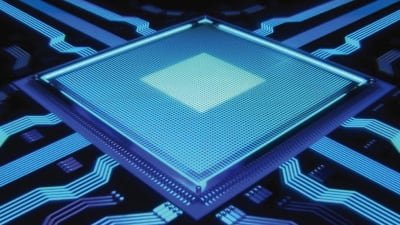Researchers at Harvard University have developed a novel all-optical computing platform. This innovative technology performs computations using only light beams, eliminating the need for traditional hard materials like metal wires and semiconductors that currently couple electronics with light. The new approach controls light with light itself, marking a significant departure from conventional computing methods.
The platform utilizes nonlinear materials whose refractive index changes in response to light intensity. When light passes through these materials, it increases the refractive index along its path, effectively creating a waveguide made of light itself. Unlike existing nonlinear materials that often require high-powered lasers or are permanently altered by light, this new material is based on reversible swelling and contracting in a hydrogel under low laser power, enabling changes in the refractive index.
This hydrogel is a polymer network filled with water, similar to a sponge. It also contains spiropyran, light-responsive molecules related to those used in transition lenses. When light shines on the gel, the illuminated area slightly contracts, concentrating the polymer and altering the refractive index. Critically, this process is reversible; when the light is turned off, the hydrogel returns to its original state.
A key feature of this platform is the ability for multiple light beams to interact within the material, influencing each other even over considerable distances. For instance, one beam can inhibit another, or beams can cancel each other out, or pass through unimpeded. This interaction between light beams allows for the creation of optical logic gates, fundamental building blocks for computation.
The use of photoresponsive materials, which can reversibly change their optical, chemical, and physical properties when exposed to light, is central to this development. These changes facilitate the creation of light channels, or self-trapped beams, capable of guiding and manipulating light, opening up new possibilities for optical computing.

Leave a Reply